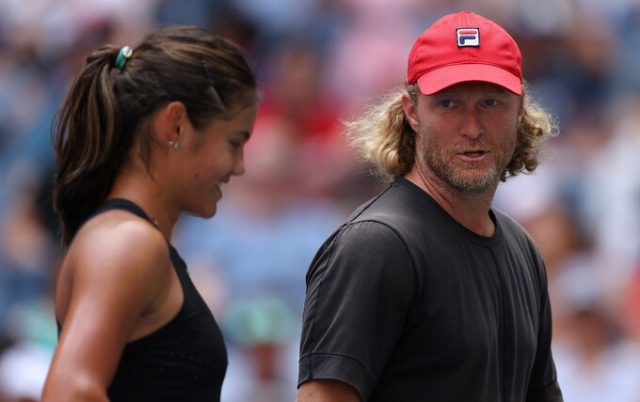 Emma Raducan failed to find a permanent coach. Photo: Getty Images/Julian Finney
Emma Raducan failed to find a permanent coach. Photo: Getty Images/Julian Finney
Emma Raducanu's caustic firing of tennis coaches has become one of her trademarks. Evidence of this is Amazon Prime's recent comment: “I think in some cases they were slow to answer the questions I asked. So maybe that's why it ended.”
But what is the true role of a tennis coach? Telegraph Sport spoke to several insiders about this often misunderstood position and came up with ten findings that may surprise you.
A traveling tennis coach is powerless
In team sports, the coach or manager has the power to hire, fire, and discipline. And a tennis coach is at the mercy of his player and can be fired at any time, as many previous Raducanu coaches have found out. He (since it is almost always him) rarely has any contractual protection and risks being blacklisted by agents if he is seen to have acted disloyally. This is not a job for anxious individuals.
In the elite part of the game, most tasks are outsourced
In the old days, a tennis coach was responsible for at least five different areas: a player's physical health, endurance, mental toughness, strategy and technique. Today, four of them can be outsourced. Someone like world number one Iga Swiatek, for example, might have a physiotherapist, a fitness coach, a psychologist and a data analyst, so that technique becomes the sole area of sole responsibility for her coach, Tomasz Witkorowski. How much skill does a player of Swiatek’s level need?
Is the era of “super coaches” fading?
Why do you need a coach at the very top of the game? In the era of expanding circle of environment, this role becomes almost managerial, consisting in collecting and transmitting information. And then the question arises: is a former successful player necessarily the best fit? Is the “super coach” trend started by Andy Murray and Ivan Lendl a decade ago starting to feel outdated? It's true that many elite men still feel more comfortable having a legend in their game box. Think of Novak Djokovic hiring former Wimbledon champion Goran Ivanisevic, or Boris Becker returning from exile to manage Denmark's Holger Rune. Attracting a celebrity boosts the ego and also gives the reassuring feeling that you can rely on that person's expertise. But what makes a champion is determination, not the broad organizational skills required of a team leader. You can't imagine these guys poring over a spreadsheet. Could the fact that Murray and Lendl just broke up again (for the third time) be the canary in the coal mine?
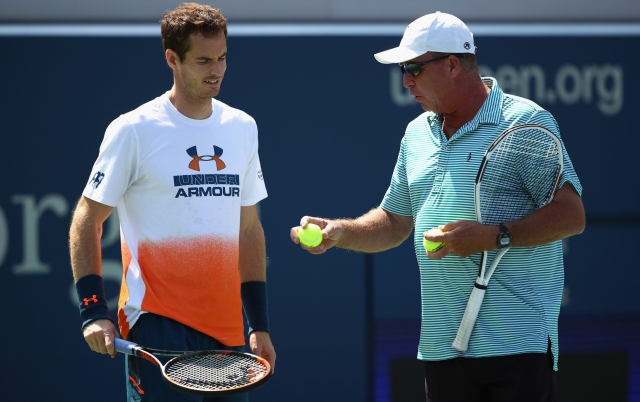 Andir Murray recently broke up with Ivan Lendl for the third time. Photo: Getty Images/Clive Brunskill. This may be a minor role
Andir Murray recently broke up with Ivan Lendl for the third time. Photo: Getty Images/Clive Brunskill. This may be a minor role
Much of the work involves sourcing balls, reserving courts and organizing practice partners. The super trainers listed above may have a backup that can handle this heavy lifting. However, this does not always work out that way. “I’m good at putting diapers on,” said a grumpy John McEnroe after an uneventful training session with Becker and Mark Philippoussis. “But not with people over 18.”
It’s difficult to evaluate coaches with confidence
You see this problem with football managers. How responsible is the manager for the success of his club and how much does this depend on the technical director/club captain/the depth of the owner's wallet? But in tennis things are much worse, because you have one player and you are completely dependent on him. Some people think that Paul Annacone is the greatest coach of all time because he worked with Pete Sampras and Roger Federer. Others argue that Annacone had the easiest job ever because he worked with Pete Sampras and Roger Federer. For skeptics, the contributions of people like Esteban Carril — the little-known Spaniard who took Joanna Conta from the world top 100 to the top 10 — carry more weight.
Communication is key
Returning to McEnroe, he complained that Becker and Philippoussis had never listened to his instructions. But according to British coach Calvin Betton, at least some of the responsibility must lie with McEnroe himself. “I hear coaches say that all the time,” Betton said. “But their job is to find a way to get the message across. Imagine a piece of Velcro on which the player is the hook, and you just want that hook to attach to something. It will be helpful if you can keep the information short and to the point: no more than you can fit on a sticky note. When I hear a coach talk and talk, I feel like it's a performance created to make the guy look good, not to help the player.»
A good coach is like a music producer
The Raducanu quote at the beginning of this article sounds like it is asking questions of coaches like Jeremy Paxman. If so, the question arises whether this is an effective method for assessing their quality. He imagines the coach as a kind of tennis professor who should already have all the answers in his head. While Betton suggests that successful coaching relationships are more collaborative. “I'm a music fan,” he says, “so I like to compare it to being a music producer. If you don't have good songs to work with or a talented musician, there's not much you can do. Different people have very different ways of doing things, and it can be difficult to pinpoint exactly what they bring to the party. But when you find something that works, like George Martin with the Beatles, there's a kind of alchemy that happens.»
Raducanu is unusual among female performers
At least Raduchanu wants to have some kind of agency. A much more common practice on the women's tour is for a young player to hand over all decisions to an older, experienced man so that they can simply follow instructions from that point on. «So many women players want someone to come in and take the reins and do it all,» said former GB No.3 Naomi Cavadey. «I don't think you see it that often among male players.»
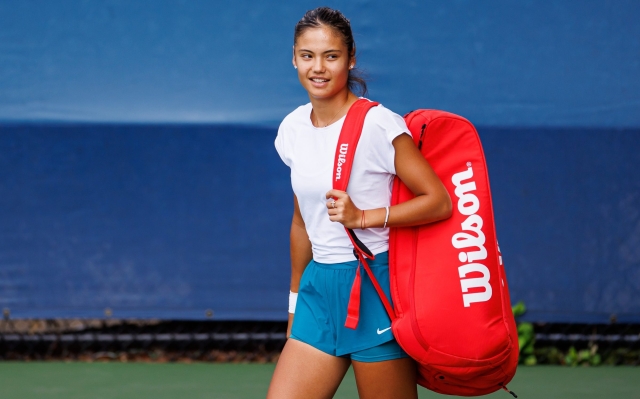 For better or worse, Raducan& # The exodus of '39 coaches is contrary to the trend of other young tennis players. Photo: Getty Images/Frey Tennis also has “three-season miracle” coaches in the style of Mourinho
For better or worse, Raducan& # The exodus of '39 coaches is contrary to the trend of other young tennis players. Photo: Getty Images/Frey Tennis also has “three-season miracle” coaches in the style of Mourinho
Although the time frame is shorter in tennis, we see Mourinho-style coaches making an immediate impact. They are usually professional motivators, either being super tough or developing a close — and sometimes inappropriate — relationship with the player. However, the effect usually wears off after a while because the player's performance does not actually improve.
So who are the best coaches?
This article should have already demonstrated that ranking coaches is a fool's errand. Some (mostly in non-touring positions at academies) are technical geniuses, while others are motivators. Then there are the managers and bluffers who suck up to the players' parents by telling them a bunch of well-rehearsed (and annoyingly effective) stories about how great they are. Finally, there are some terrible people on the WTA Tour who are trying to cope in the worst possible way with the significant instability of their jobs. “It will make it easier for a coach to feel more secure if they have a much closer personal relationship,” Cavaday said. «I often see coaches leaning on this to make it harder for players to get rid of them from their team.»
If we look at the two tours, Belgium's Wim Fissette, who originally appeared as Kim Clijsters' partner, is undoubtedly , is the best player in the WTA. He oversaw the improvement of every player he worked with, including China's latest No. 1 Qinwen Zheng, even though she publicly scolded him for leaving her to reunite with Naomi Osaka.
Among men we could create a strong player. The case goes in favor of Darren Cahill, the low-key Australian who worked with Andy Murray in his role at Adidas. Cahill now plays with Jannik Sinner, the lanky Italian who has been the best player in the second half of this season. Sinner picked up his first win against Novak Djokovic at the ATP Finals in Turin on Tuesday night. In doing so, he showed off many of the latest developments in his game: more touches, better variety, a stronger serve and a more resilient mental approach. This is what coaching is.









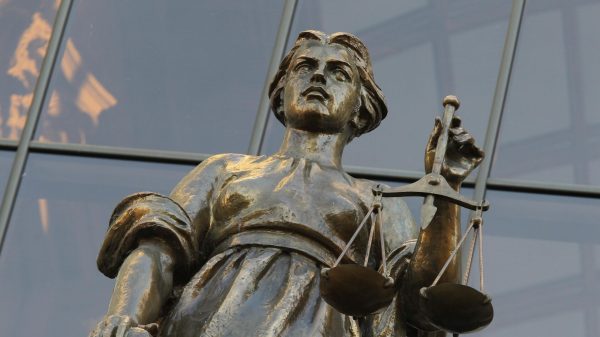








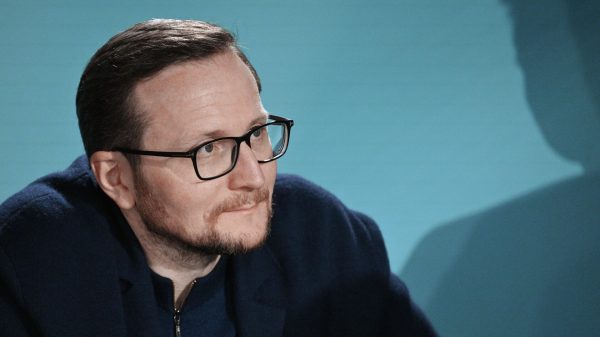





































Свежие комментарии